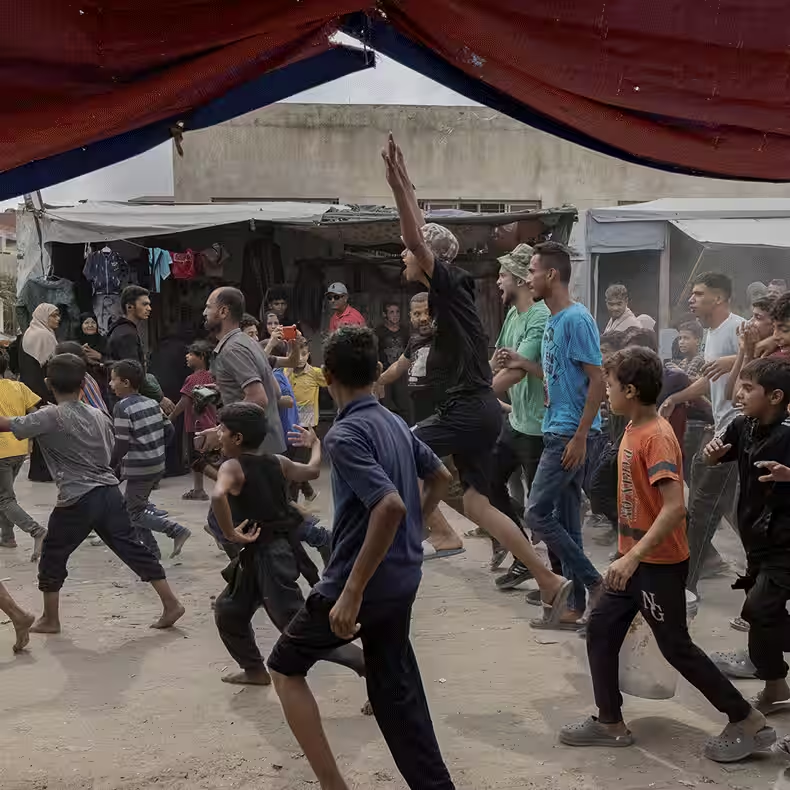After more than two years of devastating conflict—the deadliest in the century-long Israeli-Palestinian struggle—a historic Gaza peace deal is finally taking shape. With both sides expressing cautious optimism, the agreement promises a path out of war, famine, and destruction. But beneath the surface of this fragile truce lie unresolved questions that could unravel everything .
Table of Contents
- What’s in the Gaza Peace Deal?
- Hostage Release and Prisoner Swap
- Humanitarian Aid and Israeli Withdrawal
- Critical Sticking Points That Remain
- Who’s Behind the Scenes?
- Public Sentiment on Both Sides
- Sources
What’s in the Gaza Peace Deal?
The emerging Gaza peace deal, brokered with significant U.S. involvement under President Trump’s administration, aims to end active hostilities and initiate a phased recovery. While full details remain classified, the framework includes three core pillars: the release of remaining hostages, the resumption of humanitarian aid, and a partial Israeli military pullback from Gaza’s urban centers.
Hostage Release and Prisoner Swap
Hamas is expected to release the 20 Israeli hostages believed to still be alive in Gaza as early as next week. In return, Israel will free a number of Palestinian prisoners—a move seen as symbolic but politically sensitive. This exchange is the emotional heart of the deal and the primary reason many Israelis are cautiously hopeful.
Humanitarian Aid and Israeli Withdrawal
With over 67,000 lives lost and 90% of homes in Gaza reduced to rubble, the return of aid is urgent. The deal calls for the immediate reopening of supply corridors for food, medicine, and fuel. Simultaneously, Israeli forces will begin a partial withdrawal from densely populated areas like Gaza City and Khan Younis—though the exact scope and timeline remain undisclosed.
Critical Sticking Points That Remain
Despite progress, the peace process is far from complete. Key unresolved issues include:
- Disarmament: Will Hamas agree to lay down its arms?
- Governance: Who will administer Gaza post-conflict? The Palestinian Authority? A new coalition?
- Security guarantees: How will future attacks be prevented without reoccupation?
- Reconstruction funding: Who pays for rebuilding a territory with near-total infrastructure collapse?
These “future discussion” items pose the greatest risk to the ceasefire’s longevity.
Who’s Behind the Scenes?
The deal reflects rare alignment among global and regional powers. The U.S. played a central diplomatic role, while Egypt, Qatar, and the UAE facilitated backchannel talks with Hamas. Russia and European nations have signaled support, though their direct involvement remains limited. Notably, the coordination center now being set up in Israel—with 200 U.S. support troops—will help manage implementation .
Public Sentiment on Both Sides
In Israel, families of hostages are holding their breath, desperate for loved ones to return. In Gaza, civilians—many living in tents or ruins—celebrated the mere possibility of an end to bombing and starvation. Yet both populations remain wary. Memories of broken past agreements run deep, and trust is in short supply.
Final Thoughts
The Gaza peace deal represents a rare moment of hope in a conflict long defined by despair. But as history has shown, signing a deal is easier than sustaining peace. The coming weeks will test whether this truce can evolve into something lasting—or become another footnote in a cycle of violence.




